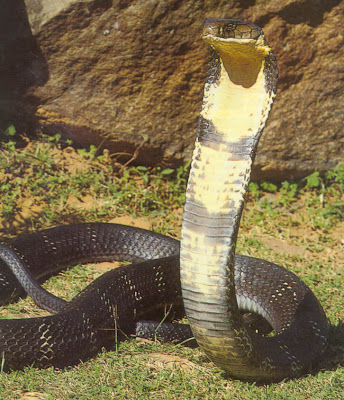
Goa carnival is one of the most popular festivals among foreign tourists in India. It is also a hot craze for among Indians too.
The most awaited of all festivals in Goa, the Goa Carnival is the ultimate time for enjoyment and merrymaking in Goa. Though essentially a Christian Festival, the colors of the festivals sees no religion and all the people living in Goa as well as the visitors traveling through this wonderful place get addicted to its extravaganza. Since the time when the Goa carnival was initiated by the Portuguese, this carnival in Goa has reached universal dimension and has been celebrated till today with no splendor and magnetism lost over the years.

Carnival in Goa is the time where you can feast, drinks and celebrate festival by your own way before the beginning of the 40 days of Lent. Large processions are carried out all over the state with live performances given by bands dancers, singers and musicians all night long on the streets of Goa. Grand balls are organized in the evenings. The carnival in Goa ends with the famous Red-and-Black Dance held by the Clube National in Panjim on the last day of the carnival.

It is Goa's most famous festival and has been celebrated since the 18th century. The carnival is held in February for three days and nights, when the legendary king Momo takes over the state and the streets come alive with music and color. These carnivals started in the Spanish and Portuguese colonies, and gradually became known for their singing, dancing and drinking. The carnival is presided over by King Momo, who on the opening day orders his subjects to party.

Goa Carnival spells pure entertainment. From morning till dawn breaks the next day, there is dance, music, merry making, and drinking, eating and pure revelry. The carnival takes place on all streets and corners of Goa and brings together all who blend with the festivities and ceremonies. The Goa carnival is unique and is not celebrated anywhere else in India. Though at the time when the carnival of Goa was started, there were only limited participants, but over the years, after its revival, the barriers have broken and the zeal of the carnival has crossed all boundaries and is enjoyed by all. The Goa Government and the Municipal Councils also participate in this 3 day extravaganza along with the famous colorful precession of King Memo which attracts more and more people to Goa during the Goa Festival time.
















